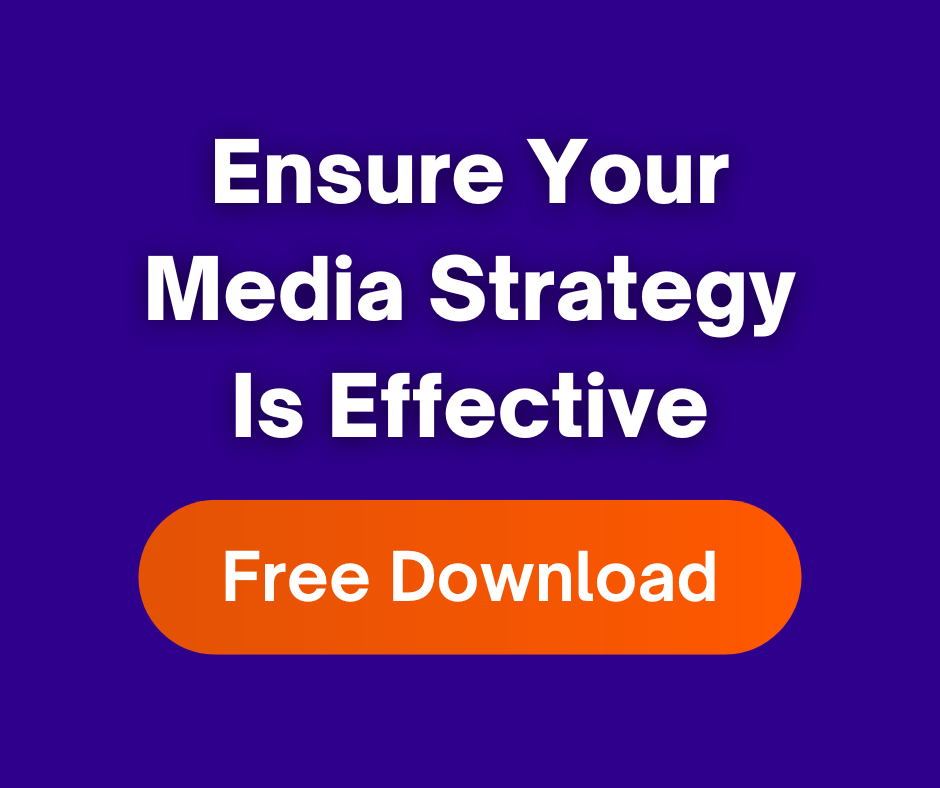Digital media has become a darling for our clients because of its action and transaction producing ability. But what skills are necessary in digital media planning and buying? How do buyers ensure media schedules are not only reaching the right audience but truly working? And how can we hold all stakeholders accountable? We draw on our direct response media experience, of course.
Long before digital media was on the front burner and a must buy for every campaign, there was (and is) another great action and transaction producing media: direct response. If you have roots in DR media you appreciate any media channel’s ability to produce results. Perhaps you were a DRTV specialist and loved the mass reach of television. A good TV schedule could deliver you massive call volume and a decent conversion rate to sale. Or maybe you were a print maven and knew how to deliver more qualified leads and a higher conversion rate with just the right creative size, position and publication. Whatever the medium, us DR folk love the game. We appreciate results-oriented, engagement inducing ads that we can place using low cost media. We track it, measure it and improve performance…or as we say nowadays, “optimize.” We’ll optimize your campaign performance. Sounds really cool right? DR media people have been doing it for decades.
It’s so helpful to have some direct response media knowledge particularly when you’re navigating today’s digital media landscape. Why? Because the dynamics are quite similar and everything’s accountable. My mentor Norm Goldring once told me, “I love the business because it’s so accountable…and I hate the business because it’s so accountable.” You see, on the traditional side of the media business we evaluate media plans with metrics like reach and frequency, gross rating points (GRP’s), cost per point (CPP) and cost per thousand (CPM). But on the DR side, we focus more on payouts and action metrics like cost per call (CPC), cost per lead (CPL), cost per order (CPO), cost per acquisition (CPA) — the awareness is gravy.
Several years ago when we ran ads, we’d track by 800# (instead of tags or pixels), measured number of calls (instead of clicks), analyzed response by daypart, creative or outlet. We executed A/B testing. We considered quality of leads and conversion rates. We measured ROI. We even did some business as Per Inquiry (a performance based method of buying and selling media). We changed media schedules daily to help optimize (there it is again) our campaigns and sadly, sometimes had to cancel buys for lack of ROI. My digital friends know exactly what I’m talking about. I guess we used to speak another language in DR but now the world is smaller and we share our performance metrics and key performance indicators (KPIs). This is more cool media speak for what we measure and optimize. Digital has everyone so action oriented (a good thing in my opinion) that our general clients want immediate action too! Right on, I say.
If you’ve been fortunate enough to manage several media channels you should be able to bring more comprehensive knowledge and insights to your clients and build better media plans. But I’m talking about having the DR media badge of honor. Because when you work in DR it forces you to think like the client and keep an eye on acquisition or sales results. You’re not just a media manager…you begin to act and sound like a sales manager and speak the language your clients really want to hear. For example, our programmatic media buying solution includes a complete conversion and ROI analysis. Instead of a normal post or media recap, our media strategists deliver “sales” reports. Want to get your client’s attention? Call them up and say you have a new sales report you want to discuss.
I confess that I spent a fair amount of years in DRTV and say to all my DRTV friends it’s time to celebrate and be proud of your roots. Use your knowledge to improve the design and execution of media plan strategy. TV is now Video and Video is now being consumed online and on mobile devices. We will be sought after because, while we may love television, we love results derived from media investment even better. Whether that’s a direct sale from a TV ad or lead generation from display or video, we manage media to see a cause and effect and focus on delivering results — not just impressions.





